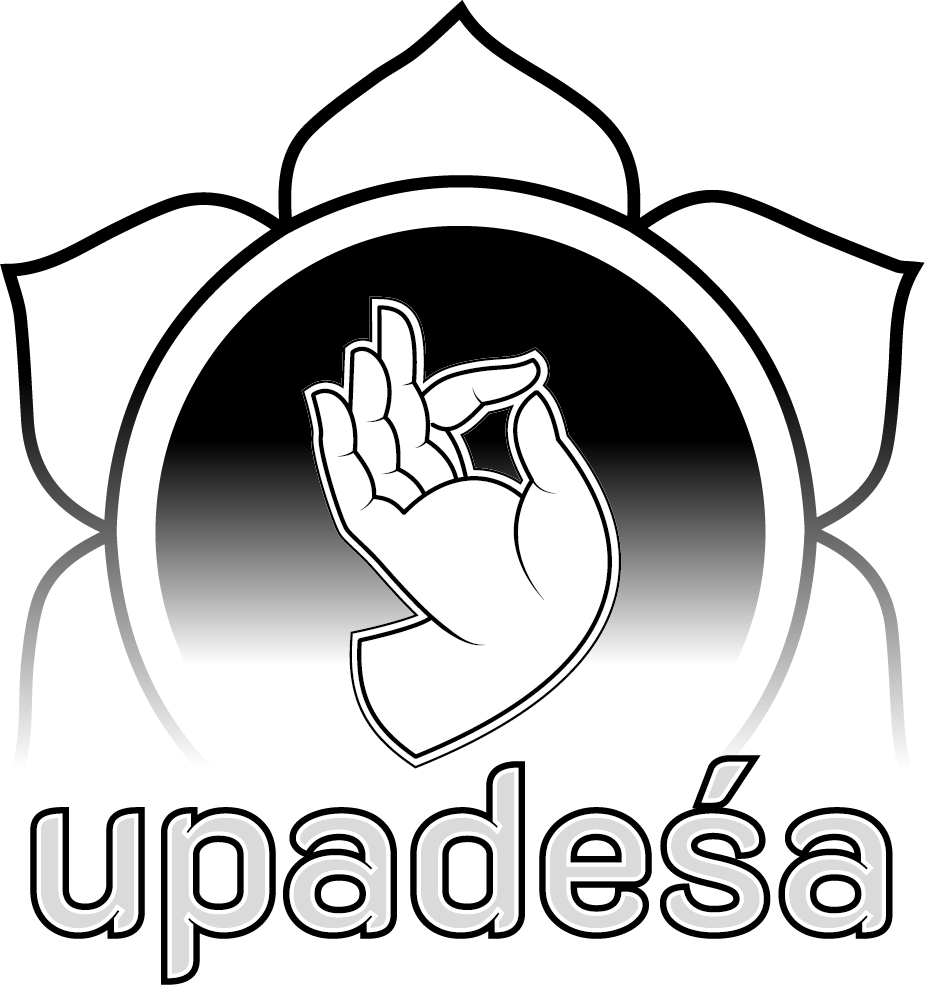Samatha and Vipassana
We start off with samatha meditation which brings some temporary relief from stress for many of us. We may notice that on a good day our focus is relatively clear and we experience a ‘good meditation’ often access concentration, perhaps even dhyana. But more often than not, the hindrances are our main experience. We may notice that in more favourable conditions such as on retreat, our meditation improves, but back home, familiar patterns reassert themselves.
Early on we also learn about the different types of hindrances and how to apply antidotes. Interestingly, some of these methods come close to vipassana meditation. For instance, the ‘sky-like attitude’ allows thoughts and feelings to arise in the mind and then allows them to pass away, while we avoid ‘hooking on to them’. If we were to analyse this process we can see two principles which are important in vipassana: firstly we are working directly with that which is currently arising in our minds, secondly we are applying a universal truth to that arising, ie impermanence.
Even with the addition of other meditation practices such as the 6 Element practice and a sadhana, many people still fail to experience regular dhyana. Modern lifestyles are too busy, with distracted states of mind being the main experience. And if the focus of one’s spiritual life becomes more people and communication based, this provides some satisfaction and the means of acting skilfully helping others. However this kind of lifestyle mitigates against the more reflective and spacious time which is needed to deepen into insight meditation.
Listening, Reflecting, Meditating
Moving towards vipassana meditation, we first of all need to establish our framework. Meditation becomes part of an overall Dharma practice whose aim is nothing short of full enlightenment. Starting with ‘listening’ we learn the basics such as conditionality, the threefold path, the three lakshanas and the five skandhas. Most mitras and order members will be familiar with these, however in this context, we are applying these principles directly to our own situation and states of mind. The listening phase includes discussion, learning and ensuring we have a reasonably good grasp of the import of the teachings.
Next comes reflection. Here we take what appears to be a cognitively straightforward teaching such as conditionality, and we turn it over in our minds, asking ourselves things like ‘do I really believe this?’ ‘how does this show up in my everyday life?’ ‘what happens if I apply it to absolutely every situation, every state of mind, does it still hold good?’ etc. The practice of reflection is largely done alone and in general will need a fair amount of time. In taking up the practice of reflection we are sowing seeds and preparing the ground for insight to arise.
Reflection however, is a relatively superficial activity, engaging our thinking capacity in a focused way. Our next stage is meditation where we largely drop the thinking and apply mindfulness to our current state. We may use guidelines from something like the Satipatthana Sutta, Brahma vihara practices or formless meditation. Whatever method we employ, principally we are exploring our depths in the context of the reflections we have been doing previously.
Review
After the meditation, it is important to review how it went so that whatever occurred is seen in a context. In a sense this is further reflection: what happened? What issues are thrown up by this meditation and how do they relate to what I was reflecting upon?
Review is important after sitting practice so that our experiences don’t happen in a vacuum. Ideally we will start to notice the connection between how the meditation was and our reflections which came before. In a way we’re seeing what our depths have to ‘say’ about our issues. In reviewing we come to a change or an adjustment to the subject of our reflections, and in this way, the process continues.
Overall we’re creating a whole out of the process which is very integrating.
Without making these connections consciously, our practice is bound to be much more stop-and-start. Meditation can also become habitual, superficial and sort of dehydrated without the live connection with our actual issues.
Reviewing will also enable us to recall and reflect upon positive spiritual experiences. If we have these noted somewhere that we can refer to, this also becomes a resource to go to when we hit a more challenging patch in our meditation. Valuing our progress and powerful experiences is all part of building a robust Dharma practice.


Comments